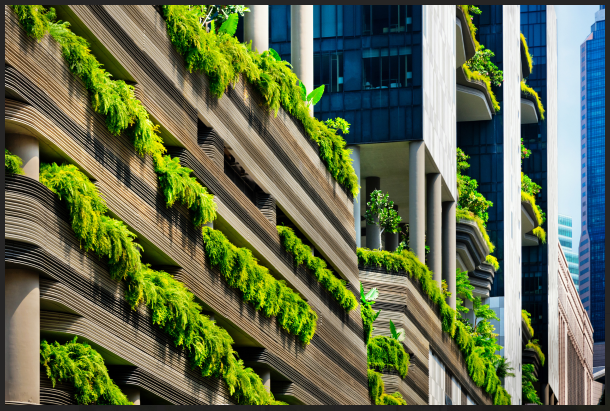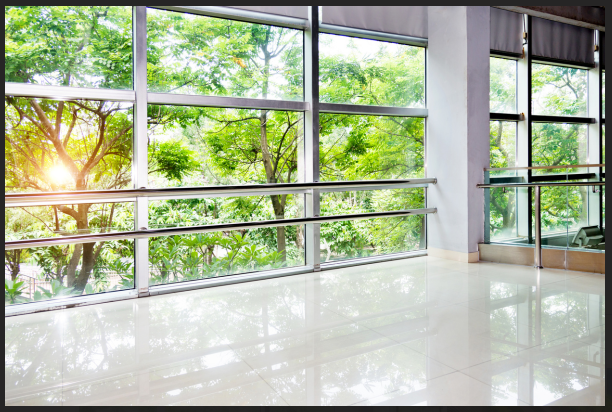
Adapting to Climate Change: The Role of Architects in Sustainable Development
Climate change is one of the most pressing challenges of our time. It affects every aspect of our lives, from our health and well-being to our economy and environment. As the world's population grows and urbanizes, the demand for buildings and infrastructure also increases. However, the construction sector is responsible for about 40% of global greenhouse gas emissions, significantly contributing to climate change.
How can architects play a role in mitigating and adapting to climate change? How can they design buildings and cities that are resilient, efficient, and sustainable? This blog post will explore how architects can help shape a better future for our planet and its people.

Some of the strategies that architects can use to address climate change are:
• Using renewable energy sources and low-carbon materials. Architects can design buildings that use solar, wind, geothermal, or biomass energy to power their operations and reduce their reliance on fossil fuels. They can also choose materials with a low environmental impact, such as recycled, reused, or biodegradable materials.
• Improving energy efficiency and performance. Architects can design buildings that optimize natural light and ventilation, use smart technologies and sensors to monitor and control energy use and incorporate passive heating and cooling systems to reduce the need for mechanical systems.
• Enhancing water conservation and management. Architects can design buildings that collect and reuse rainwater, greywater, and stormwater, use water-efficient fixtures and appliances, and implement green roofs and walls to reduce runoff and heat island effects.
• Promoting biodiversity and ecosystem services. Architects can design buildings that integrate nature into their design, such as green roofs and walls, urban gardens, vertical farms, or biophilic elements. These features can provide benefits such as improving air quality, reducing noise pollution, enhancing mental health, and supporting wildlife habitats.
• Creating social and cultural value. Architects can design buildings that are inclusive, accessible, and adaptable to the needs and preferences of different users and communities. They can also design buildings that reflect and celebrate the place's local culture, history, and identity.

To illustrate some of these strategies, here are some examples of projects that showcase how architects are adapting to climate change:
• The Edge in Amsterdam is one of the most sustainable office buildings in the world. It uses solar panels to generate more energy than it consumes, a smart lighting system that adjusts to the natural daylight, and an aquifer thermal energy storage system to heat and cool the building.
• The Bullitt Center in Seattle is a net-zero energy building that uses photovoltaic panels to produce electricity, a rainwater harvesting system to supply water, and a composting toilet system to treat wastewater. It also features a living roof that supports native plants and birds.
• The Crystal in London is a mixed-use building that showcases innovative technologies for sustainable urban living. It uses solar panels and ground source heat pumps to provide energy, a blackwater treatment plant to recycle water, and an intelligent building management system to optimize performance.
• The Shanghai Tower in China is the second tallest building in the world and the greenest skyscraper in Asia. It uses a double-skin facade to reduce heat loss and wind load, a wind turbine system to generate electricity, and a rainwater collection system to irrigate the landscape.
• The Bosco Verticale in Milan is a pair of residential towers with over 900 trees and 20,000 plants on balconies. The vegetation helps filter air pollution, absorb carbon dioxide, produce oxygen, and moderate temperature.
The Agora Garden in Taipei is a residential tower that twists 90 degrees from base to top. The design allows for more natural light and ventilation and creates terraces for gardens. The building uses recycled materials, solar panels, rainwater harvesting, and composting facilities.
As you can see from these examples, architects have a lot of potential to influence how we respond to climate change. Designing sustainable, resilient, and adaptable buildings can help create a more livable and equitable world for everyone.